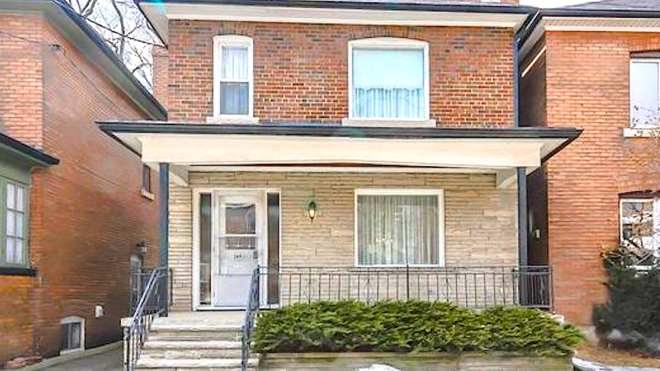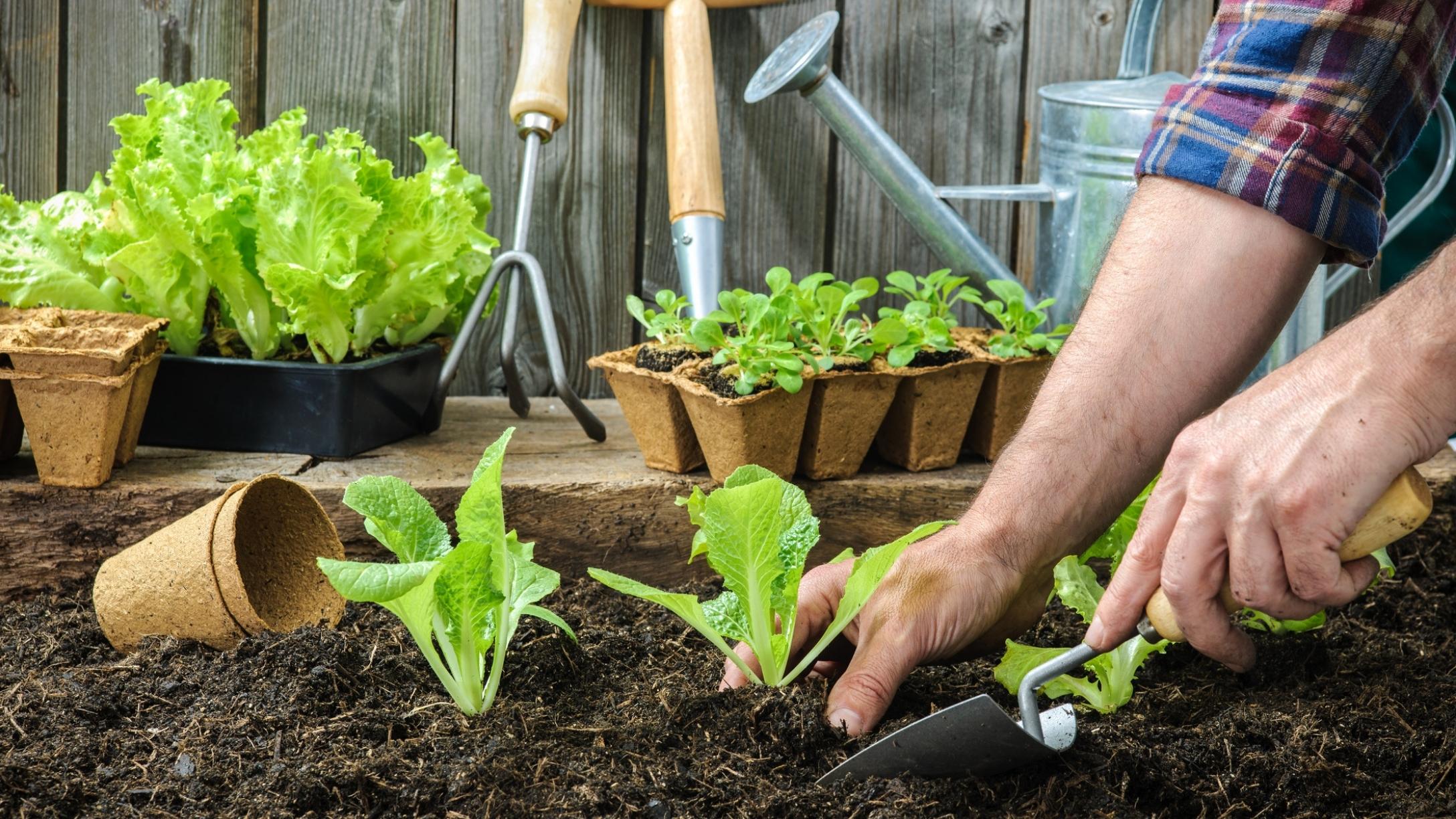
Spring is here, and gardening is one of the most enjoyable parts of the season. Still, gardening can be a little intimidating.
If you've ever tried to get into gardening, you may have learned it's a little more complicated than soil-water-sun. Different plants have different needs, from spacing to depth to soil type and pH. It takes a lot, and sometimes it doesn't work out.
There are so many benefits to gardening that outweigh those doubts. It's very rewarding to grow your own food, especially if you're part of a family that likes to cook. It takes things to the next level, gets you outside and moving, and makes the world a little better. If you're a gardening newbie, here's what you really need to know to get started.
Assess your garden and pick the best space for planting.
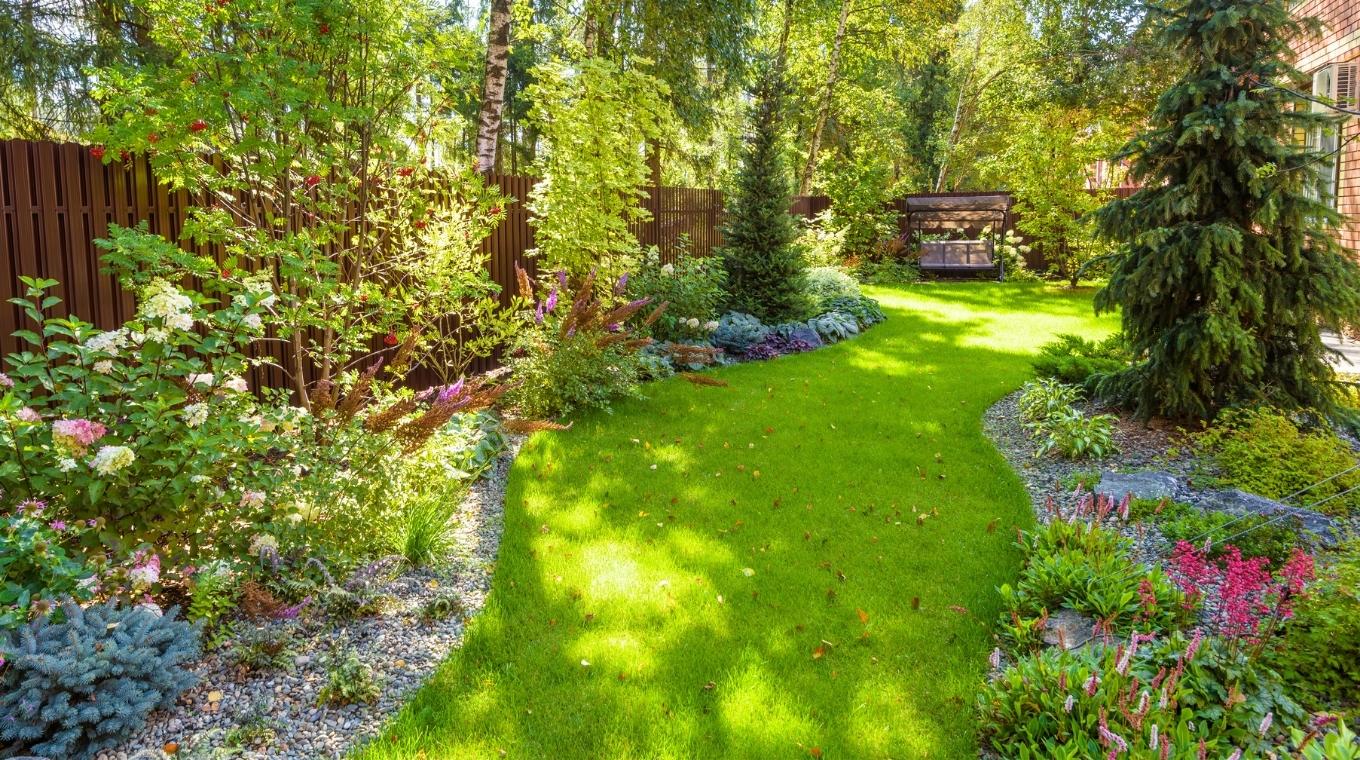
The location you choose for your garden will greatly affect how it turns out. Make sure your garden is somewhere that you'll regularly see. Just a few minutes of attention a day can keep things in relative order. You'd be surprised how much can get out of control when it's out of your regular line of sight. You also want to keep in mind which direction the area is facing and how much sun it gets.
Learn about your USDA hardiness zone.
The USDA's plant hardiness zone map helps gardeners learn which plants will thrive in your area. It's created based on winter temperatures throughout the United States. Knowing your zone can help you pick plants and determine what will work best in your home garden.
Get to know your soil.
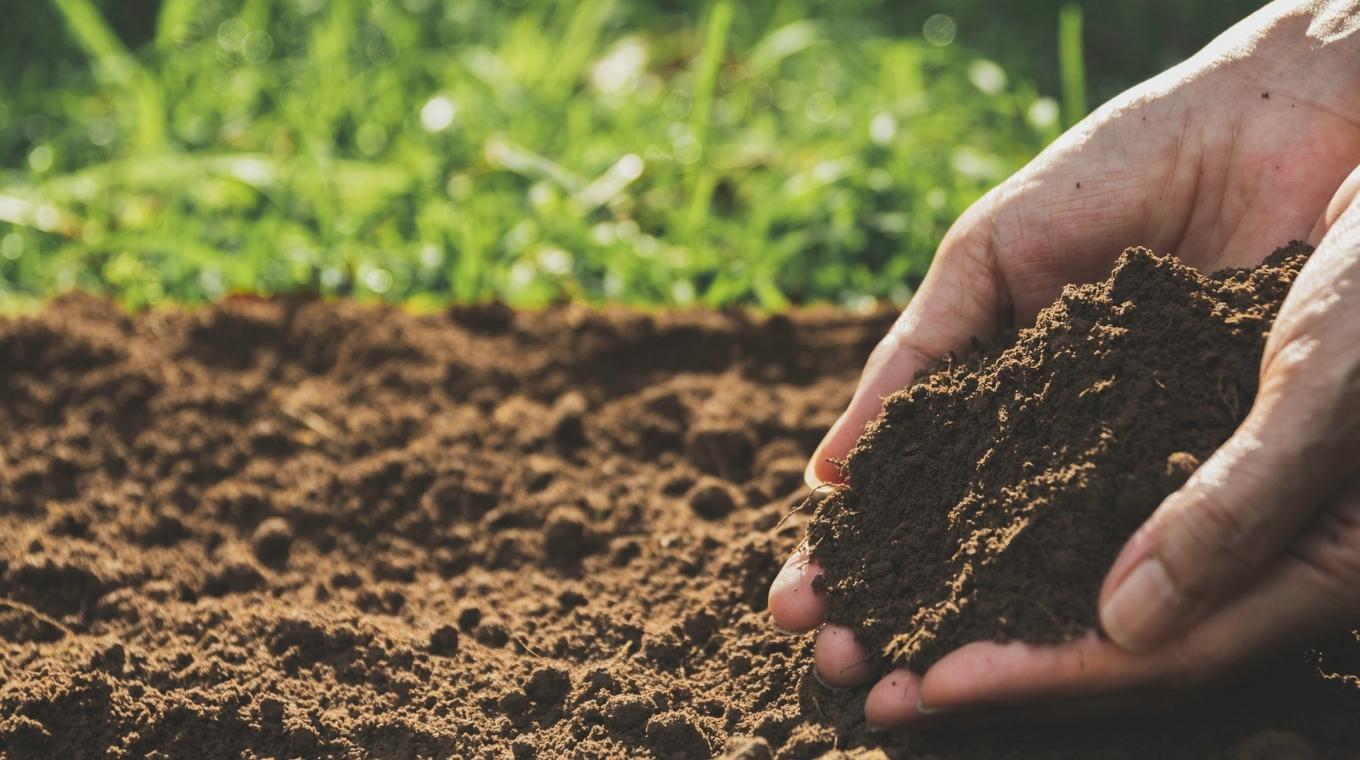
The type of soil that naturally occurs in your gardening space may need some help to be optimal for plants to thrive. Anything from sand to compost can be added to help, but first you have to assess what you've got. It may also be a good time to test your soil's pH level.
Pick the right plants.
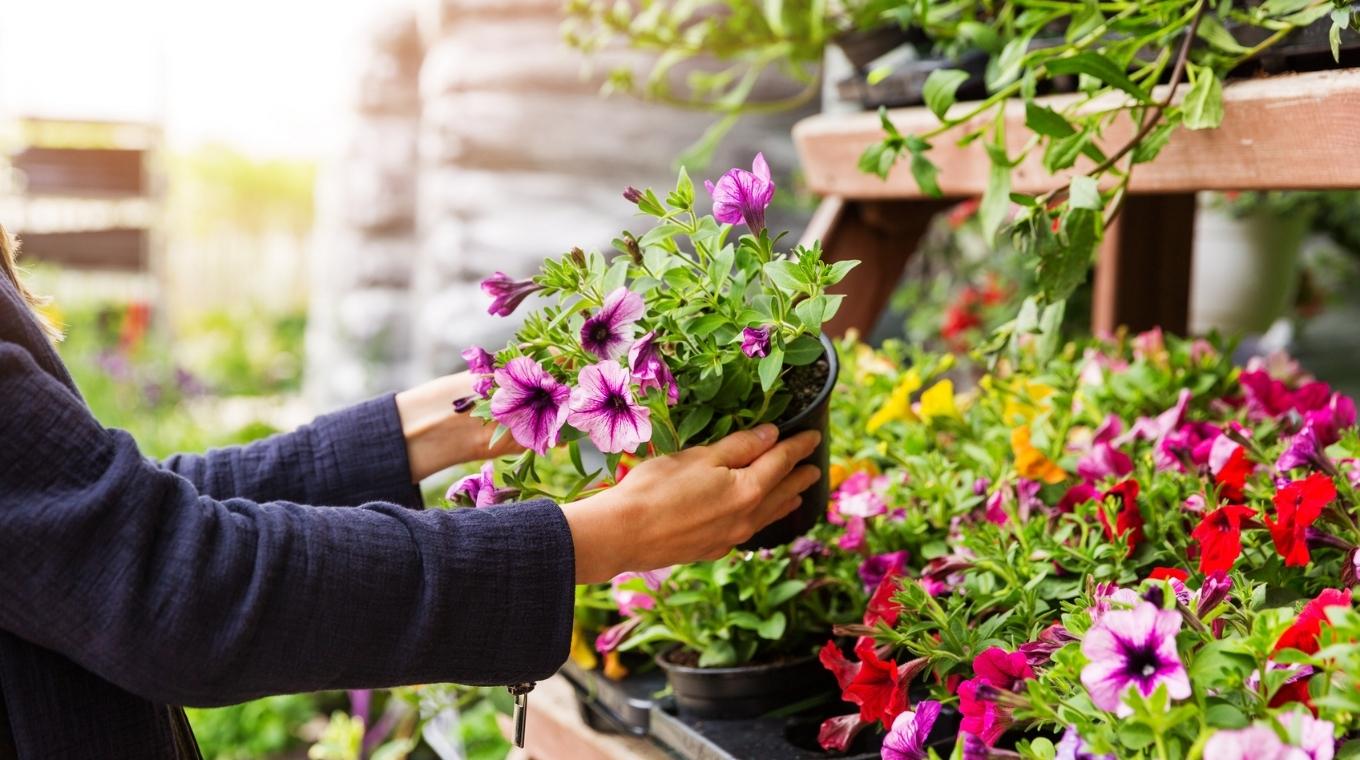
The process for flower gardening is different from vegetable gardening, so figure out what you want to plant. There can be mixing in some instances, but if you're starting out, keep it simple.
For flowers, figure out your options by determining how much space you have and how much sun it gets. For vegetables, think about what you'll use in your kitchen. Remember to stick to just a few picks of either at the beginning until you're more comfortable with your skills.
Figure out your watering schedule.
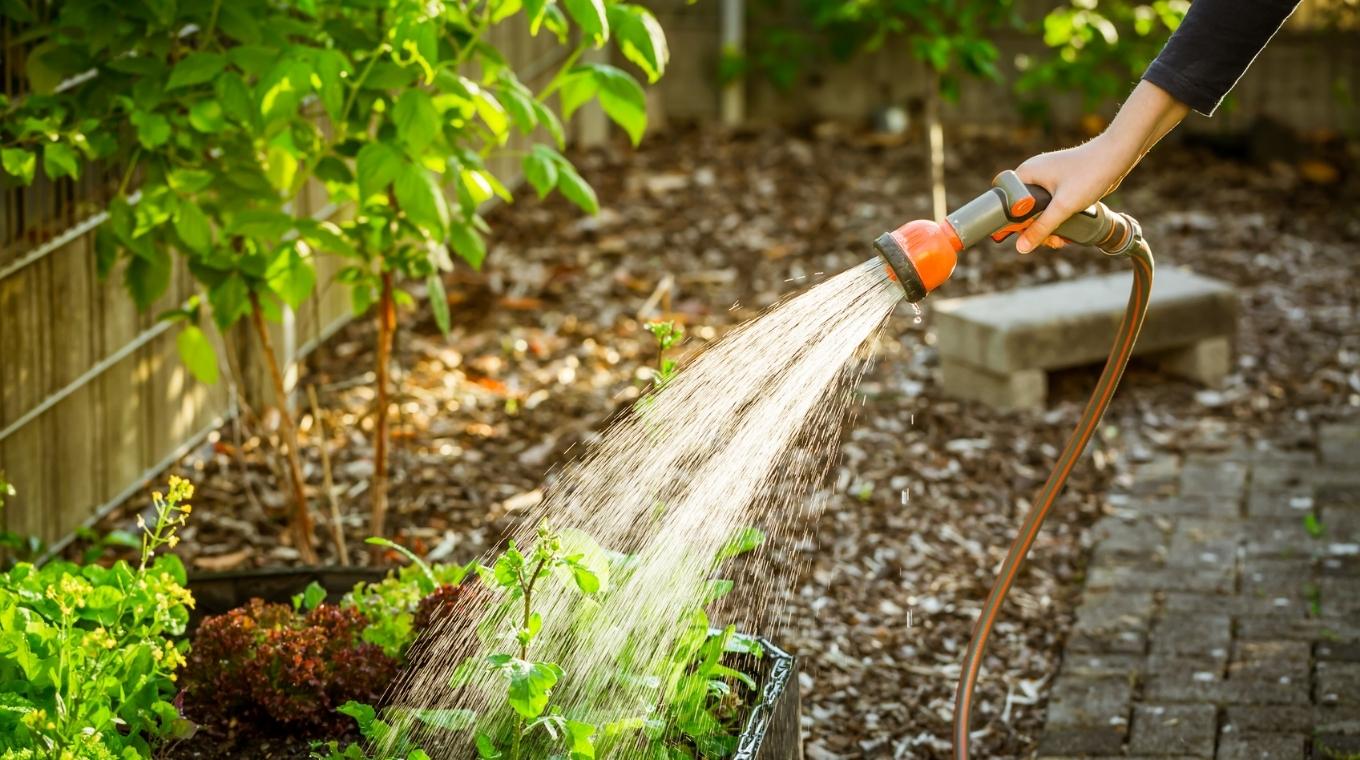
Sticking to a good watering schedule is key to keeping your garden in good shape, especially as temperatures rise. You can stand to overwater a bit in sunny spots, but you want to keep balance in mind for anything that's in even partial shade. Start by watering every certain number of days, depending on your area's weather, and assess after that time whether you need to water more or less. Keep in mind that the garden's needs may change throughout the season.
Know your insects, and get rid of the harmful ones.
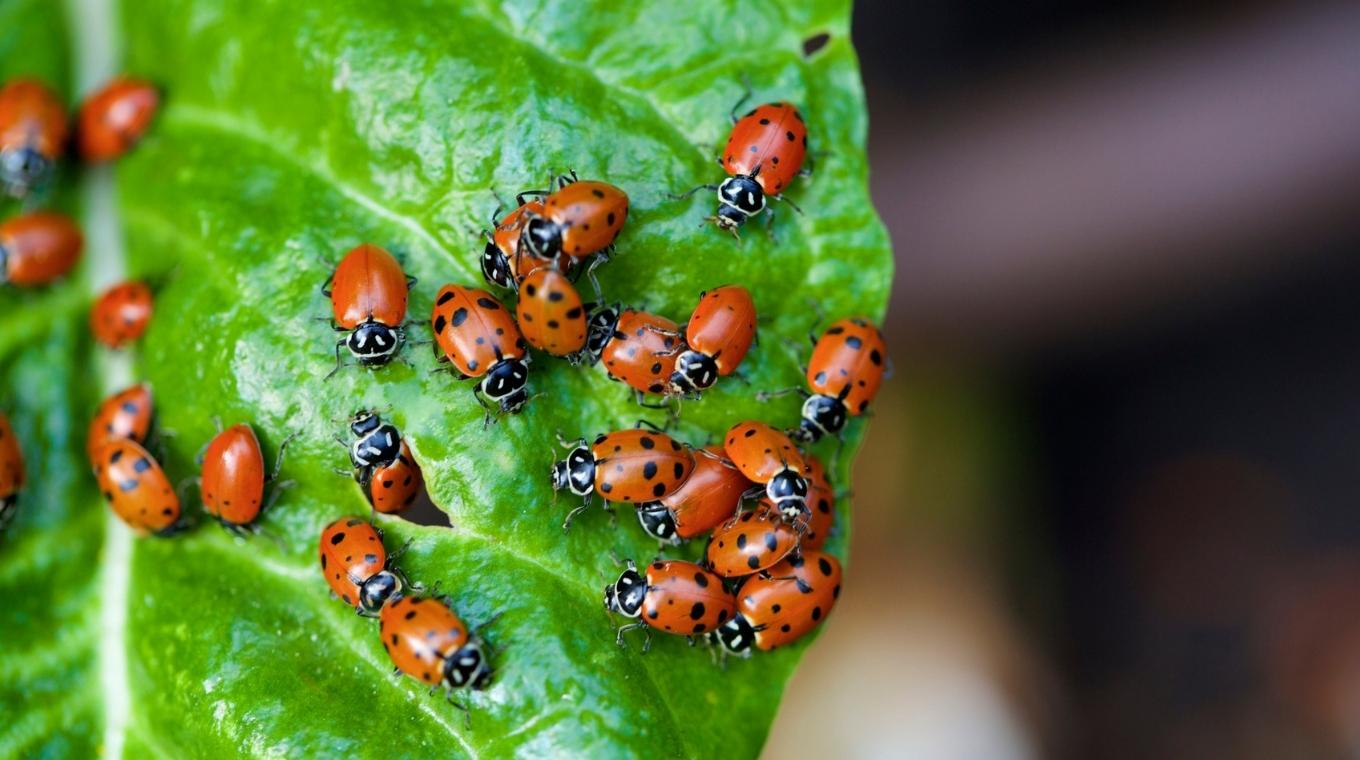
Not everyone is an insect person, so I can understand getting squeamish discovering a big earthworm weaving in and out of the dirt. Worms, ladybugs, some beetles, bees, and some aphids can all be helpful in your outdoor garden. If you see potato bees, cutworms, slugs, or snails, that can spell trouble. If you see something troubling, explore your options for treatment ASAP.
Don't be afraid to buy starter plants.
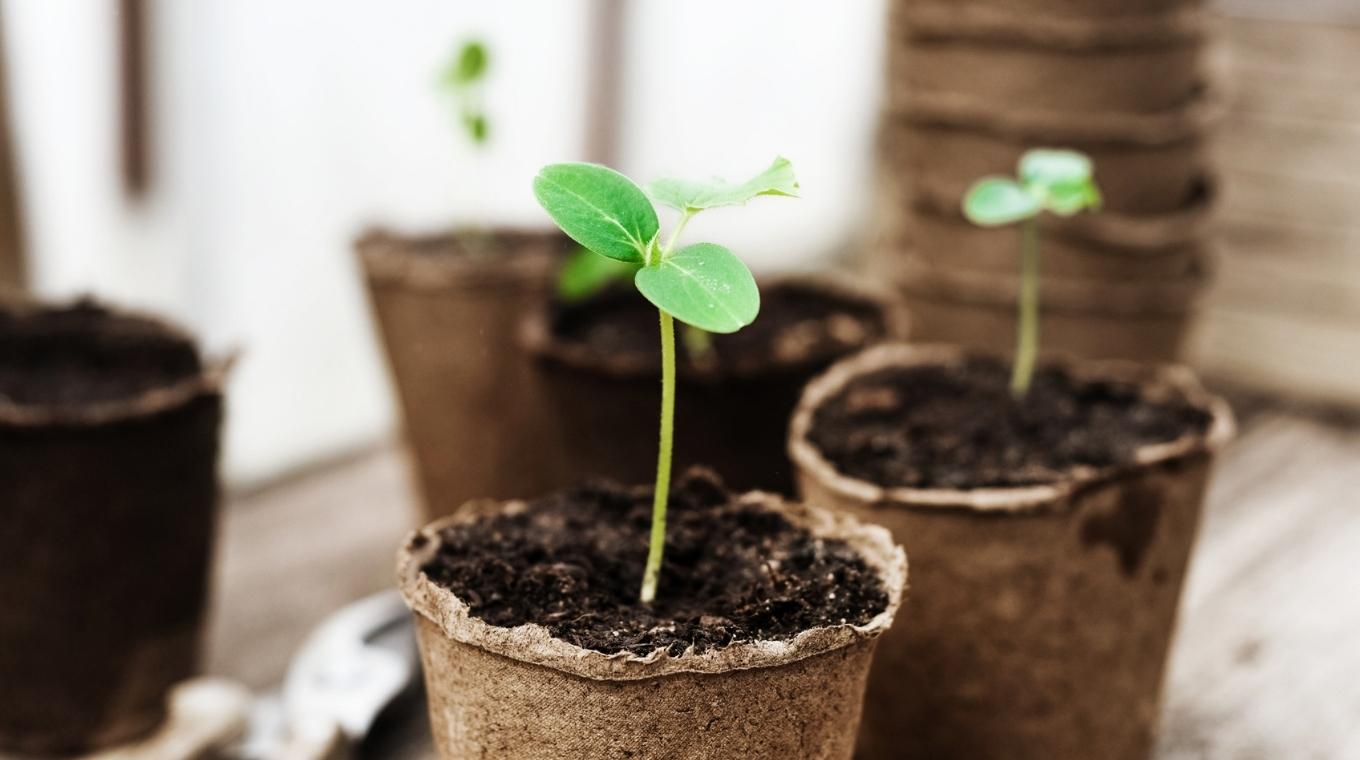
You may be compelled to start everything from seed, but you certainly don't have to. Buying starter plants can be a good idea for plants that have to grow within a certain time frame.
If you're using seeds, keep track of them.
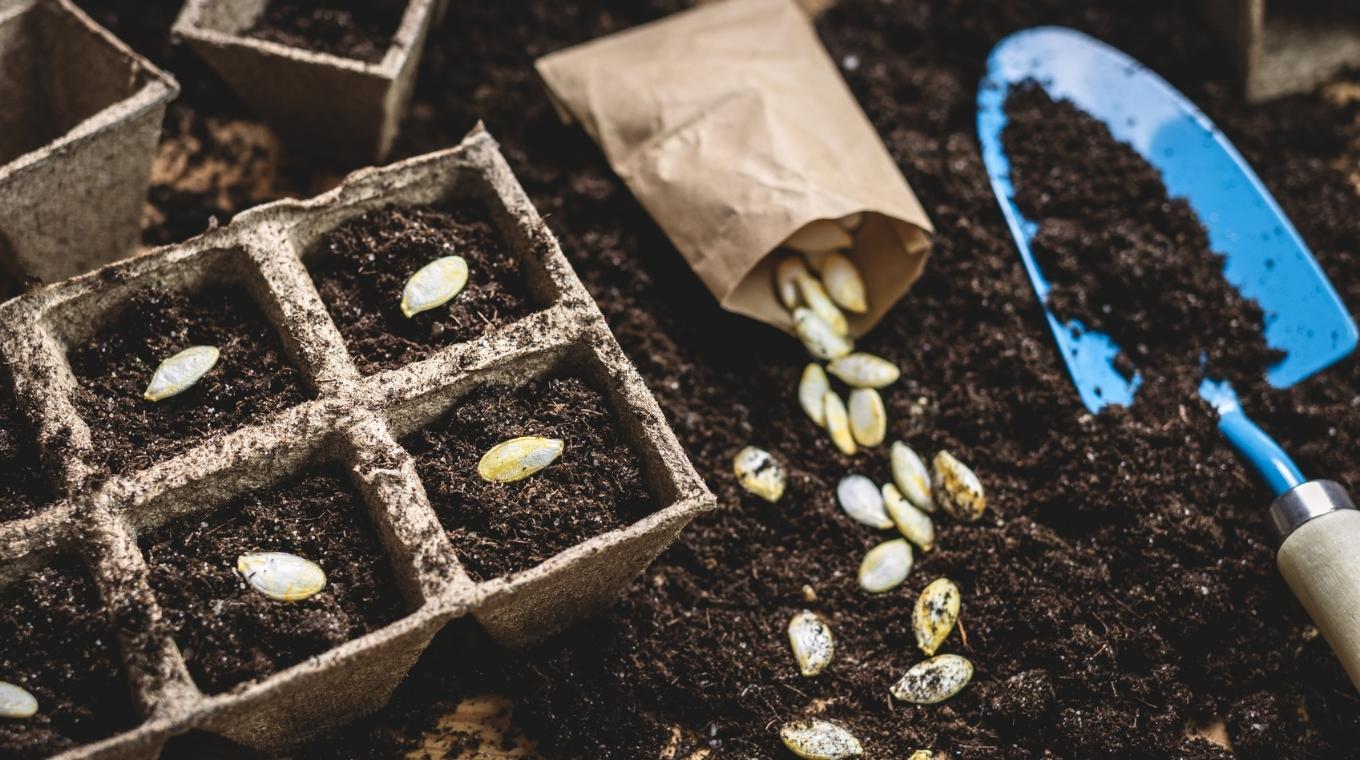
You'll need to keep track of your seeds inside and outside of the ground. In the ground, use garden signs to remember what is where until it has distinguishing features. Tape up your seed packets to keep seeds secure and fresh for the next time you plant.
Leave space to stagger seasonal items.
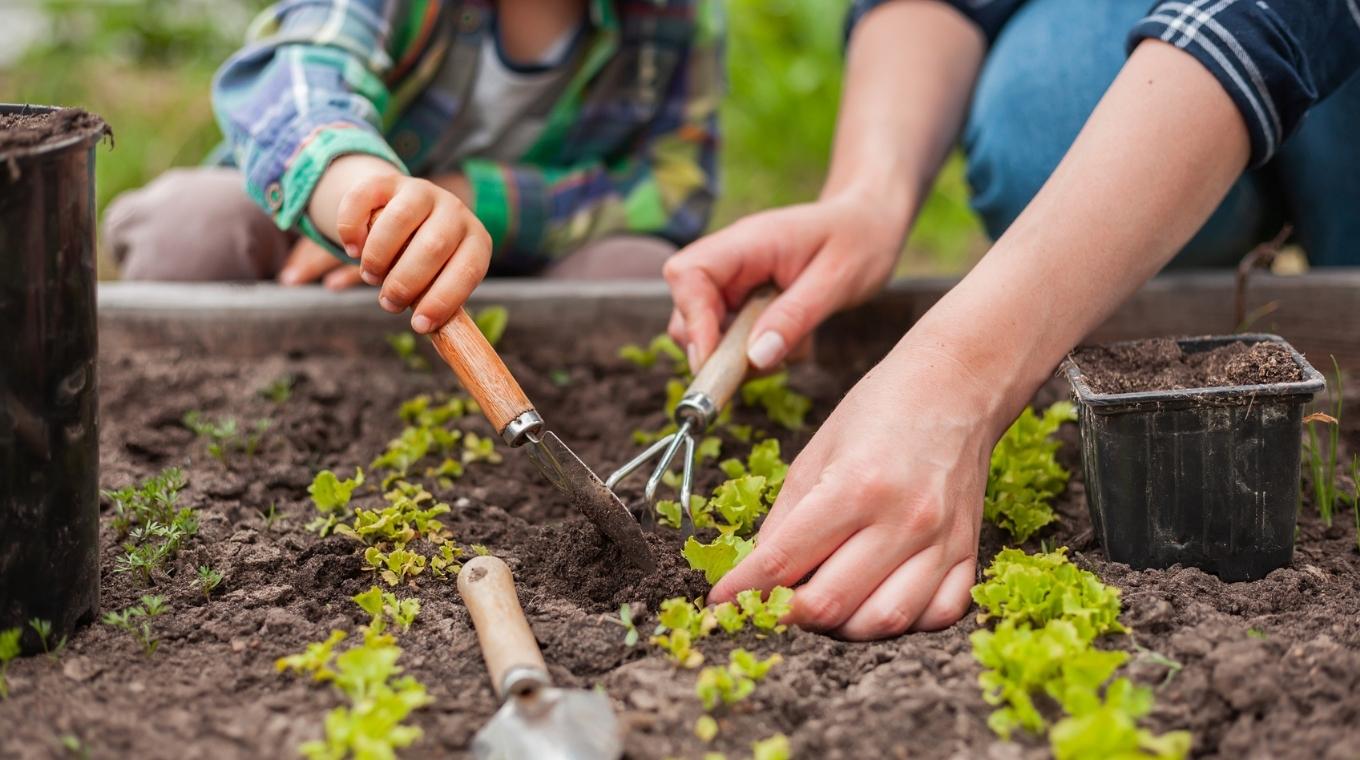
Don't fill up your whole garden in the beginning of spring if you're going to want to also plant some summer and fall plants or vegetables. There will be overlap, and if it's too crowded, everything will suffer.
Keep an eye out for flowering in your garden vegetables.
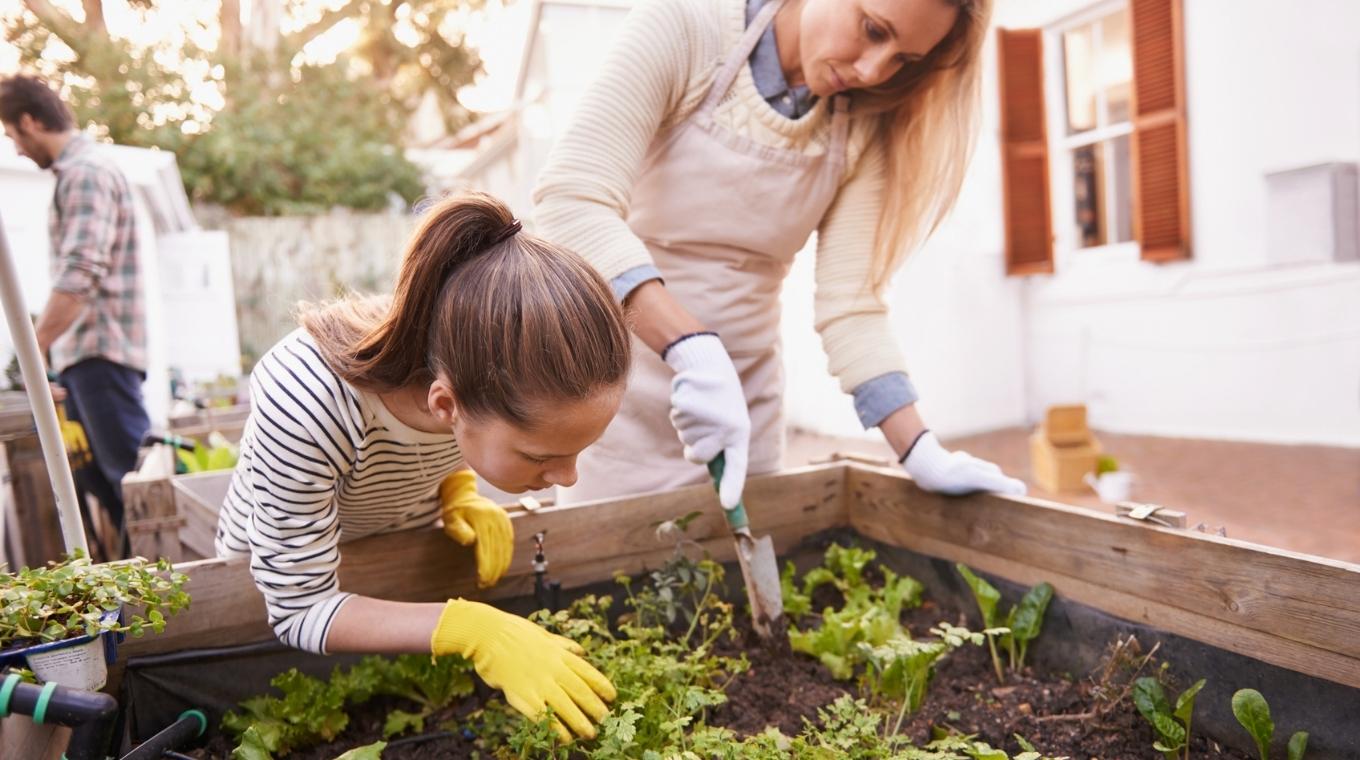
For some herbs and vegetables, flowering will change the flavor of your finished products. If there are signs of flowering, it could be time to harvest, so make sure to research your plant to find out.
If your plant is drooping over (from weight, not wilt), stake it.
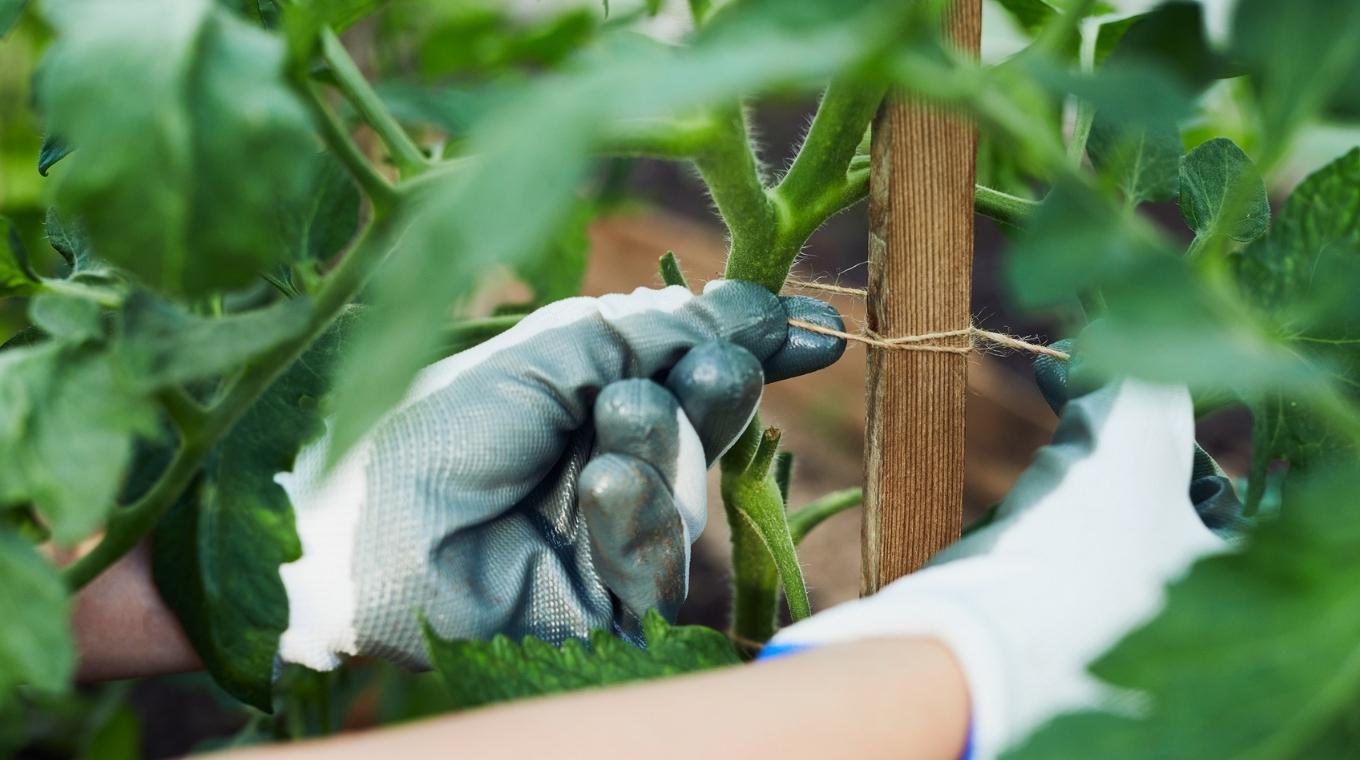
Some plants need more support than others to grow. Plants with heavy fruits or lots of foliage may lean to one side. You want to stake the plant to make sure air is circulating around it and keep spots from getting soggy.
Don't be afraid to prune.
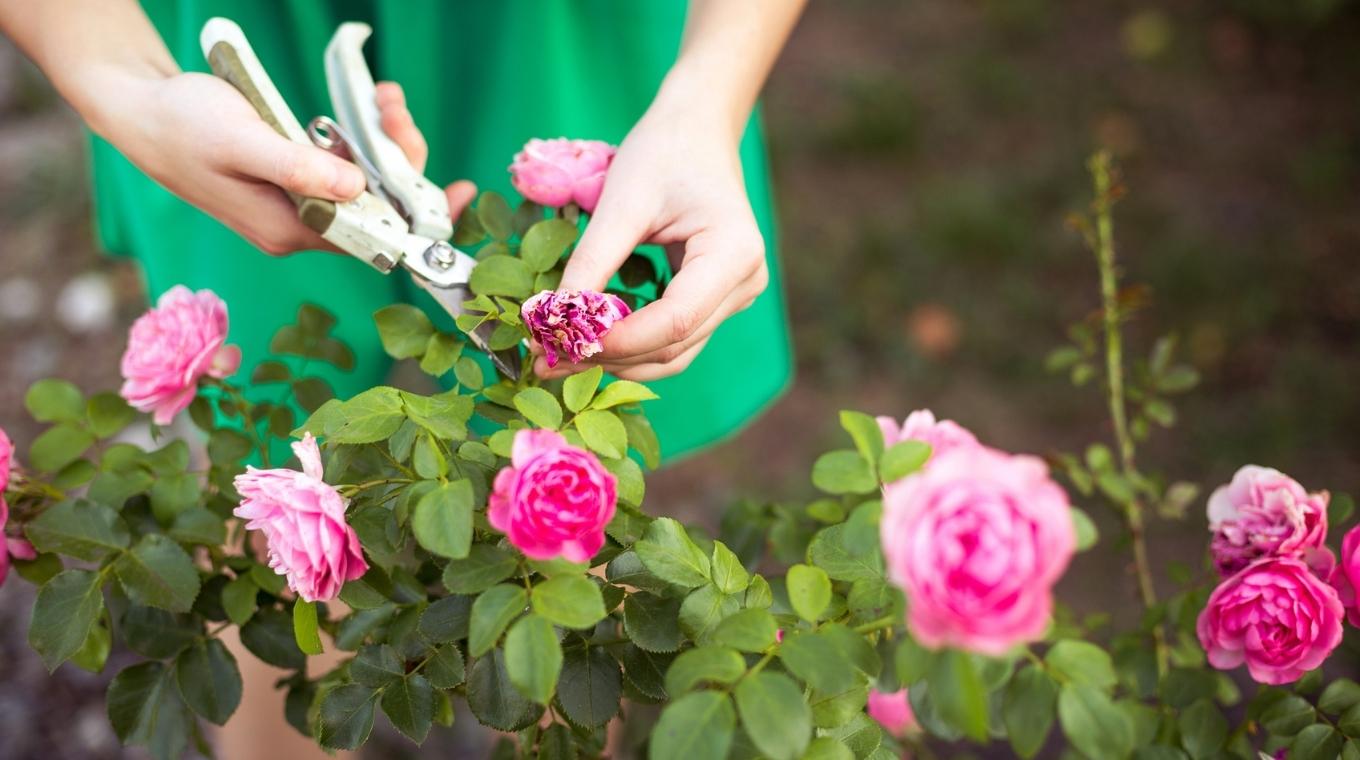
If you've got dead blooms in your flower garden, pruning them can help the plant. It'll direct the energy it was using on that bloom to others and encourages growth.






